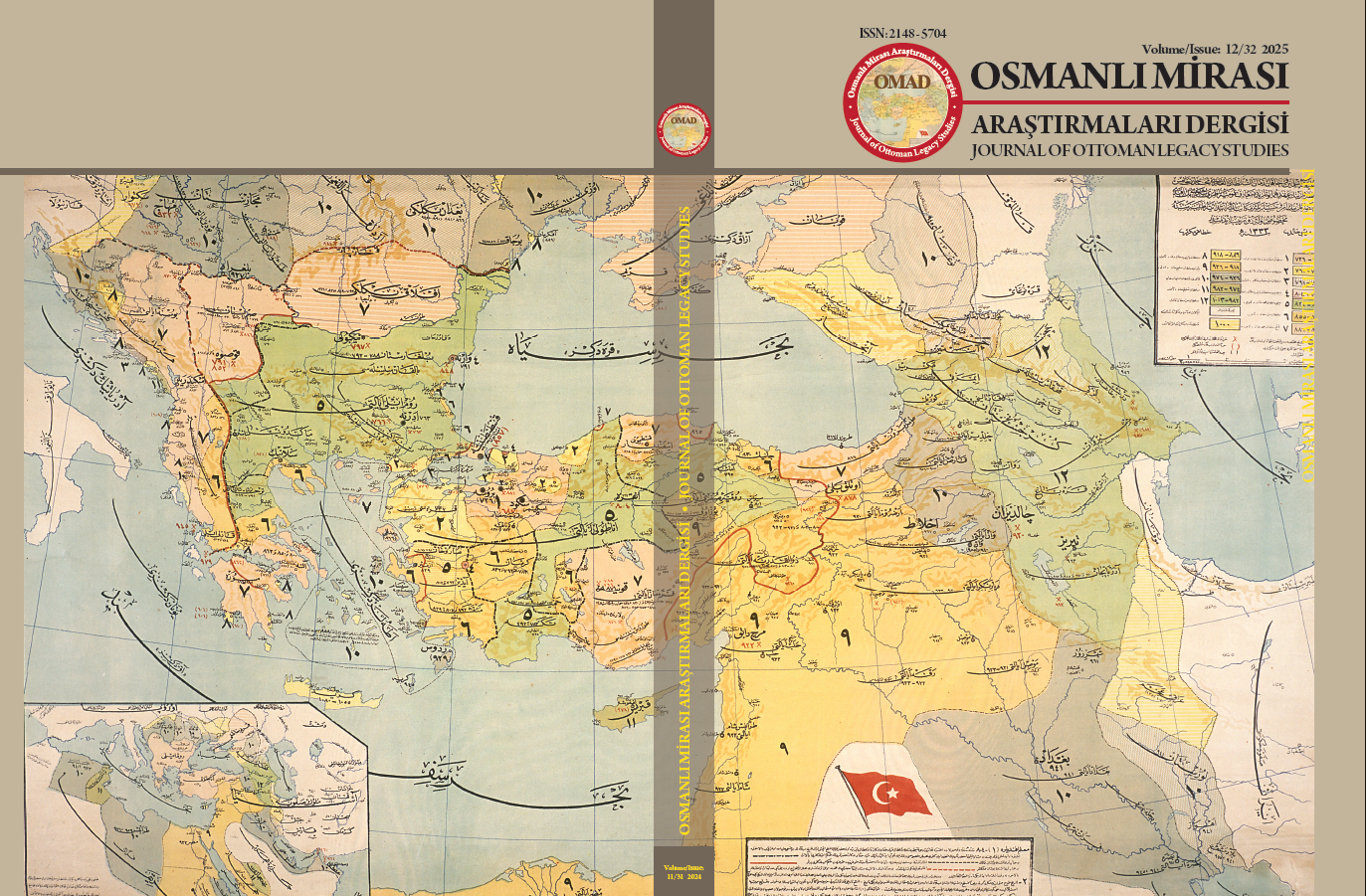The Turkish Poems of Muʻtasım-ı Buhârî
Muʻtasım-ı Buhârî’nin Türkçe Şiirleri
DOI:
https://doi.org/10.17822/omad.1557262Keywords:
19 th century, Muʻtasım-ı Buhârî,, culusiye, methiye, naat, chronogramAbstract
: We know very little about the life and work of the poet Muʻtasım-ı Buhârî (d. H. 1293 / CE. 1876- 77), beyond four [brief] mentions. The first two include a pair of handwritten manuscripts: Kārî Rahmetullah Vâzıh’s (d. 1895) collection of biographies Tuhfetü’l-Ahbâb fî Tezkireti’l-Ashâb, and Hayyâm Pûr’s (d. 1979) Ferheng-i Suhanverân. The latter two are a pair of printed books: Ali Emiri’s Manzum 895 (Turkish National Library), and BM11868 (Beyazıt Library). Muʻtasım was originally from Afghanistan, and the son of Erşad-ı Kâdî Molla Muhammed Rahîm-i Belhî. Sources tell us that he’d received a through education, and could read and understand Arabic books with relative ease. He also was calligraphically versed in naskh and taliq scripts, and that he took an interest in music and abjad numerals. Never the less, his talent for poetry rose above all else. We know that he worked as a clothing trader in Russia and Anatolia, only to later live and serve as a muhtasib in Istanbul after his pilgrimage to Mecca. His poetry – as they appear in the aforementioned books – show us his mastery the Arabic, Persian, and Turkish languages. This couldn’t be more evident than in Bûsîrî’s (d. 696 / 1297?) Kasîde-i Bürde – which features seven Persian, one Arabic, and five Turkish poems by Buhârî. In this study, we shall shed light on who Muʻtasım-ı Buhârî was, and then examine five of his (Ottoman) Turkish naat and culusiye poems, including their forms (qaside, qita, muhammes, and mutheddes), and content – accompanied by Modern Turkish translations.








